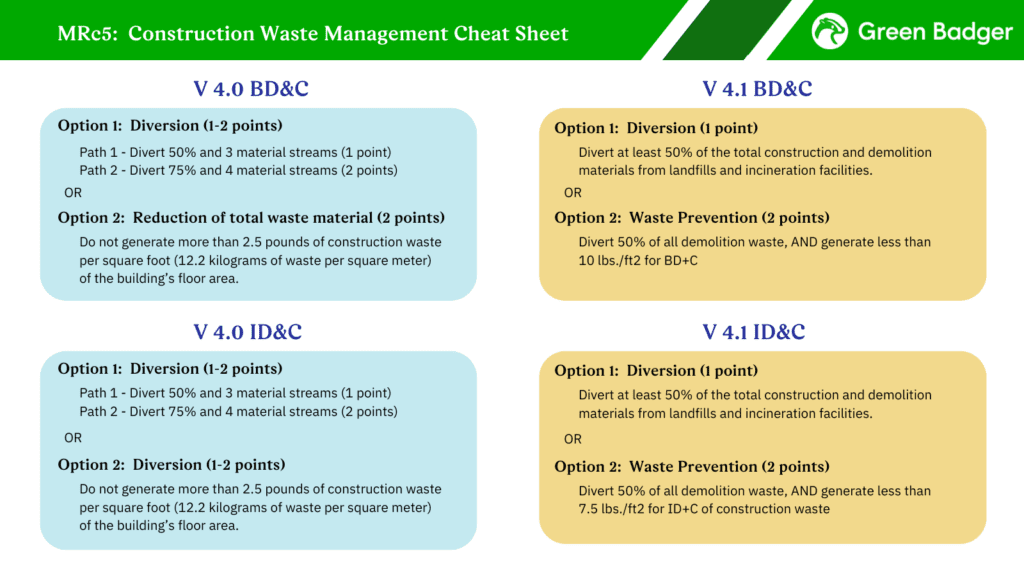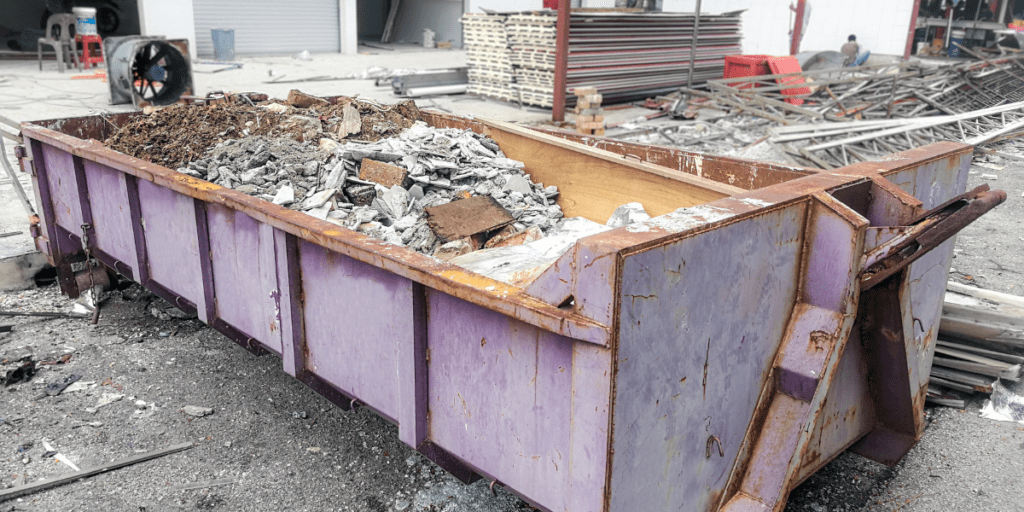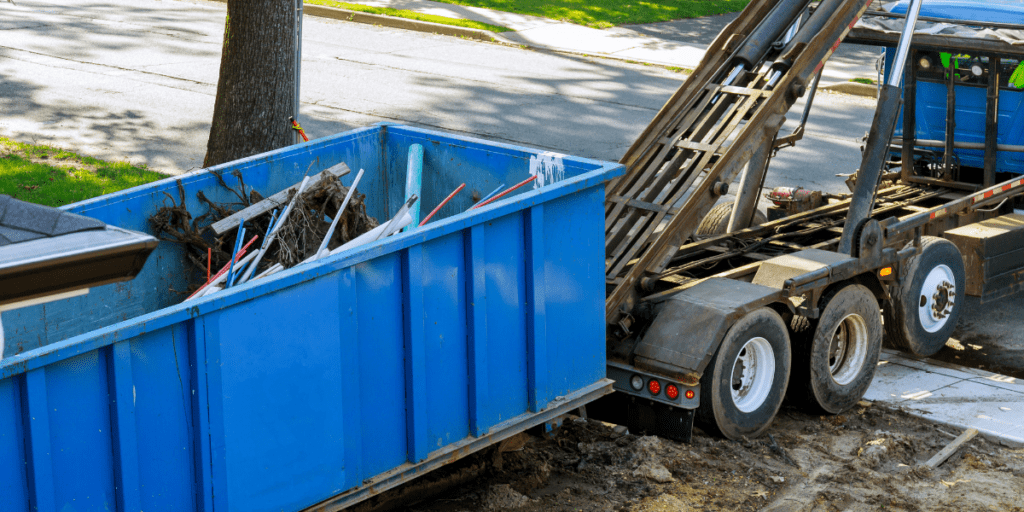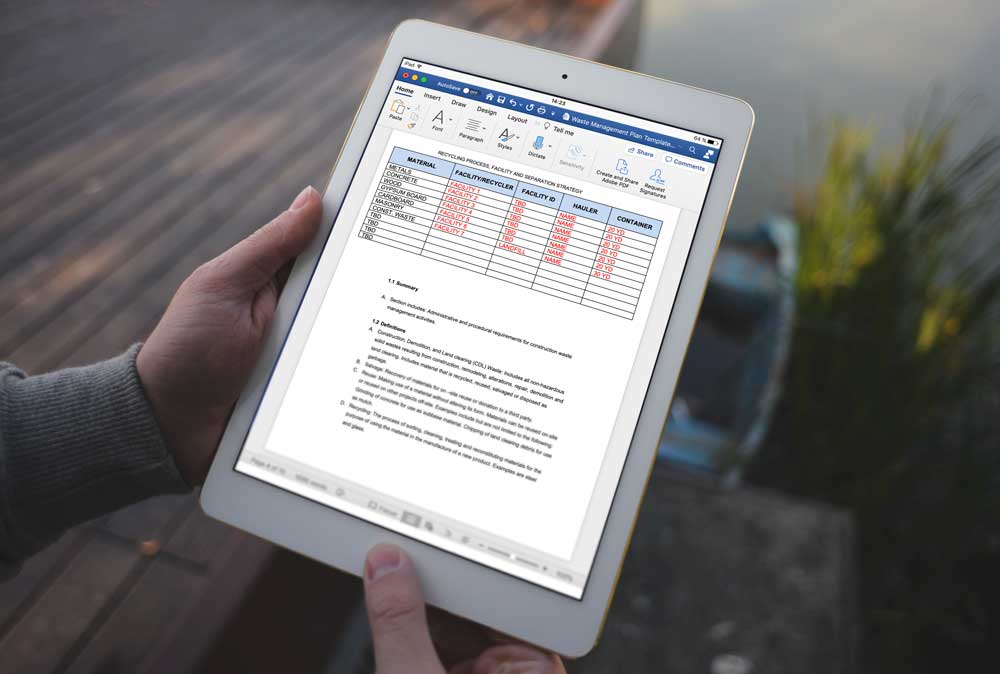
Having a good construction waste management plan is the first step towards earning the LEED MRc5 Construction Waste Management credit. First of all, it is required for the pre-requisite under MRp2 to have a construction waste management plan. You have to have a plan that identifies what waste is going to be generated for the project, and what means will be implemented to divert from landfills.
Reviewing the construction waste management plan template early will help the team know they are on course to hit the material streams required under the credit. Not thinking this through, and trying to throw it together at the end of construction can lead to not earning any points and leave everyone frustrated.

The best part is – you don’t need to start from scratch! Green Badger offers a free Construction Waste Management Plan Template that your team can work from. All the items you need to edit are marked in RED. Just update the information specific to your project, and you have a great starting point to work from. For more information on earning the LEED construction waste management credit, download our MRc5: Construction Waste Management eBook.
Note: should you use LEED v4.0 or LEED v4.1? You can opt into LEED v4.1 at any time. However, LEED v4 might actually give you a better chance at earning more points. Green Badger’s LEED software license allows you to toggle between the various options, and see where your project shakes out, along with tracking all of the other construction credits with ease.

What makes earning points a challenge:
Challenges abound. Can project teams really hit the waste reduction goals? If your project has a ton of demolition it will make earning more than 1 point a challenge. For this reason, we’re providing you guidance for both LEED v4 and v4.1 because if your project hasn’t registered specifically under v4.1 then you have the option to choose. This might be one of the instances where staying with LEED v4 gives you a better chance at earning more points.

Develop and implement a construction and demolition waste management plan and achieve points through waste prevention and/or diversion. All projects must develop and implement a construction and demolition waste management plan and include:
WHO?
HOW?
Examples of Targeted Materials and Estimated Percentages:
Other Material Categories:
How will you communicate the plan?
WHERE?
WHAT?

Questions to ask your waste hauler(s):
RCI Certified Facilities
The Recycling Certification Institute ensures that facilities certified with them offer transparent and accurate recycling reports. Click here for a list of RCI certified facilities.

If you are involved with building construction, demolition, or renovation, your company creates
construction and demolition (C&D) debris. Most C&D debris is nonhazardous and is not regulated by EPA. Under RCRA, however, if you generate hazardous waste you are required to follow certain procedures when generating, storing, transporting, or disposing of it. In addition, many states have specific definitions of C&D debris that effectively determine what materials are allowed to be disposed of in nonhazardous waste landfills, C&D landfills, or incinerators. Even if federal or state regulations do not apply to your business, you should make efforts to keep the hazardous components of the wastes you generate out of landfills to conserve natural resources and protect human health and the environment. Follow the suggestions outlined here for ways to reduce, reuse, and recycle your waste as specified by the EPA.
Waste Stream
Concrete
Asphalt
Scrap metal
Wood products
Masonry products
Cardboard
Carpet tiles
ACT tiles
Drywall
Aluminum
Plastic
Paper
Examples of Processing, depending on the market in your area
Recycled (int products for buildings and roads)
Reprocessed into new asphalt
Recycled
Recycled into mulch or salvaged
Manufacturer take-back for reuse or recycling
Recycled into new cardboard containers
Manufacturer take-back for recycling
Manufacturer take-back for recycling
Recycled into soil amendment product
Recycled into new products
Recycled into new products
Recycled into new products
REDUCE
Successful projects that truly grasp the intent of the credit will build waste reduction into the design. Educate site managers and project managers on waste reduction
REUSE
Find ways of reusing materials (salvaged wood, moving furniture from one location to another) also achieves Sourcing of Raw Materials Credits and talk to your local haulers about recycling options/markets.
RECYLE
Consider alignment with other construction companies, demolition contractors, recyclers to achieve markets (see the Resources section of the EPA’s eBook) Tommy: does USGBC help GCs coordinate to create markets for waste? As the industry progresses, materials like wood and plant waste may become valuable biofuel. Stay educated on markets and options.
RECOVER
Use the take-back programs made available by carpet and ACT tile companies. Companies will have brochures on their websites outlining how to package and return materials. This will achieve Sourcing of Raw Materials Credit
LANDFILL
This hardly needs to be stated, but avoid sending materials to landfill as much as possible!

Waste Management Goals: This project will recycle or salvage or divert 50 OR 75% by (weight or volume) of the total construction and demolition waste generated on-site.
Targeted Materials: The following waste streams are targeted for diversion, along with the approximate percent that each material comprises of the total waste stream (must be at least 5 different waste or material streams).
The best part is – you don’t need to start from scratch! Green Badger offers a free Construction Waste Management Plan Template that your team can work from. All the items you need to edit are marked in RED. Just update the information specific to your project, and you have a great starting point to work from. For more information on earning the LEED construction waste management credit, download our MRc5: Construction Waste Management eBook.